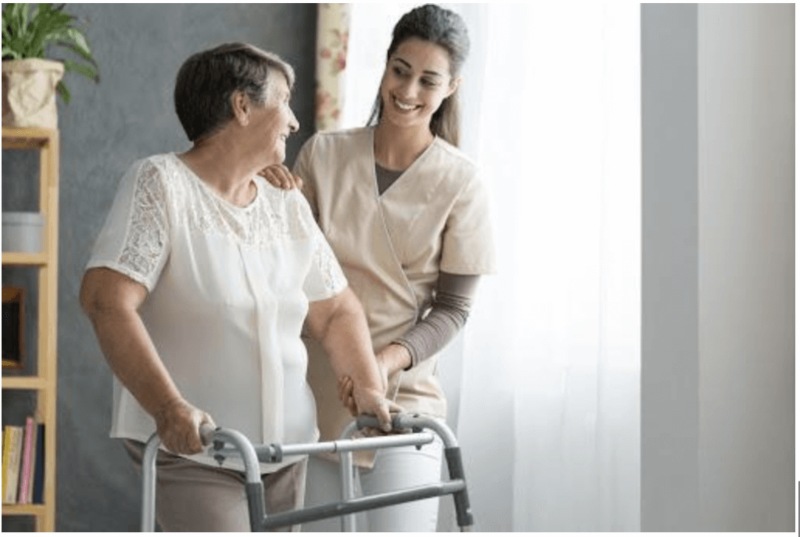Falls are the leading cause of death and injuries among Americans over the age of 65. In 2014 alone, older Americans experienced 29 million falls causing seven million injuries and costing an estimated $31 billion in annual Medicare costs, according to the Centers for Disease Control. Unfortunately, more than one out of four older adults will fall each year, but not all who fall will tell their healthcare provider. Once an older adult has fallen once, the chance of them falling again doubles.
As your loved ones grow older, physical and health conditions, and sometimes medications, can cause them to be more likely to fall. However, the fear of falling should not overtake the life of your loved one.
Here are six simple fall prevention strategies.
-
Educate your loved one about the risks of falling
The older adult in your life needs to be involved, and you should ask them if they are concerned about falling. As people get older, they often realize that falling is a risk, but they never think it will happen to them. Sharing NCOA’s Debunking the Myths of Older Adult Falls, can be a helpful starting point for learning about the realities of falling.
-
Assess current health conditions
Many chronic conditions increase the likelihood of falling among older adults. More than 80% of older adults have at least one chronic condition, such as arthritis, diabetes, or cardiovascular disease. Chronic conditions can impact a person’s ability to perform everyday tasks that require coordination and balance. This can result in an increased risk of falling.
-
Be aware of medications
Some prescription and over-the-counter medications might cause dizziness or dehydration, which can increase the likelihood of falling. These side effects might make it more difficult to perform tasks that previously were easy. Encourage your loved one to speak with their healthcare provider about any concerns or unknown side effects of their medicine.
Observe walking and balance
Having physical limitations is also a leading cause of falls. As people grow older, they tend to lose coordination, balance, and flexibility which makes it easier to fall. When you are with an older adult, check to see how they are walking. Do they need extra support? For example, watch to see if they hold on to walls or furniture or if they have difficulty walking or getting up from a chair. If this is the case, then it might be time to see a physical therapist to help strengthen their muscles and improve their balance. If the physical therapist or doctor suggests a cane or walker, make sure to get their advice on how to fit it properly. Using a poorly fitted walking aid can lead to an increased chance of falling.
Discuss their last eye exam
According to the National Health Interview Survey (NHIS), an estimated 6.1 million Americans over the age of 65 experience some form of vision loss. The aging eye receives less light to the retina which makes contrasting edges, items on the floor, and other obstacles hard to spot. If it has been a few years since their last eye exam, ensure that their prescription is up-to-date by advising your older loved one to see an eye doctor.
-
Do a Home Safety Assessment
The home is where many older adults experience falls. Many seniors have been living in their homes for many years and might not think about making changes to make it more livable and safe. Performing a home safety assessment can address this issue.
A few things you may find during a home safety assessment that may increase the risk of falling:
- Low or improper lighting. This can be addressed by increasing the lighting around the house, especially around the stairs. Make sure that the lights are easily accessible, especially when the seniors get up in the middle of the night.
- Broken or uneven steps with unsecured railings. Stairs should have two secure railings. That way, the older adults can have something to hold for balance. They won’t have to rely on just one side, which can be helpful if they have poor balance.
- Bathroom hazards. Bathrooms are another place that might benefit from modifications. Installing grab bars in the shower and near the toilet in an area that is easily accessible can be a great way to reduce the likelihood of falls. If possible, consider placing a shower chair in the bathroom and installing a hand-held shower.
Falling can have a detrimental impact on an otherwise independent and healthy life. With a bit of planning and action, you can help prevent your older loved ones from falling.
For more information on fall prevention- please call a Certified Home Safety Specialist at Smith Life Homecare 301-816-5020, we’re here for you.
